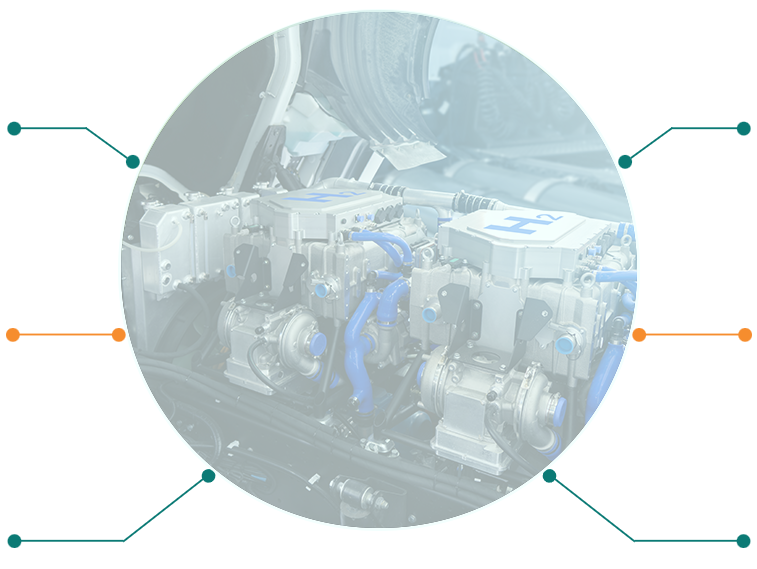Solution Overview
With the fastest response time and configurable design, our solid-state hydrogen sensor and MEMS-based nanochip are making fuel cells viable for all. .
Thanks to self-cleansing and self-calibration mechanisms, our sensors can easily withstand the harshest conditions, whether on the road or in sub-zero conditions.
The 21 Senses Advantage
- Exceptional longevity in conditions with high moisture and contaminant levels, thanks to self-cleansing and filtration.
- Flawless operations in both low and high-temperature conditions
- Solid State – Up to 65°C
- MEMS Sensor – Upto 200°C
- Built to withstand high levels of hydrogen exposure
- 1PPM – >50,0000 PPM
- Solid State: 1PPM – >50,0000 PPM
- Fastest response times at less than 200 milliseconds
- Zero cross-reactivity with other gases
- Ultra-compact size seamlessly fits into any vehicle design
- Our personalized approach includes design consulting and advisory
